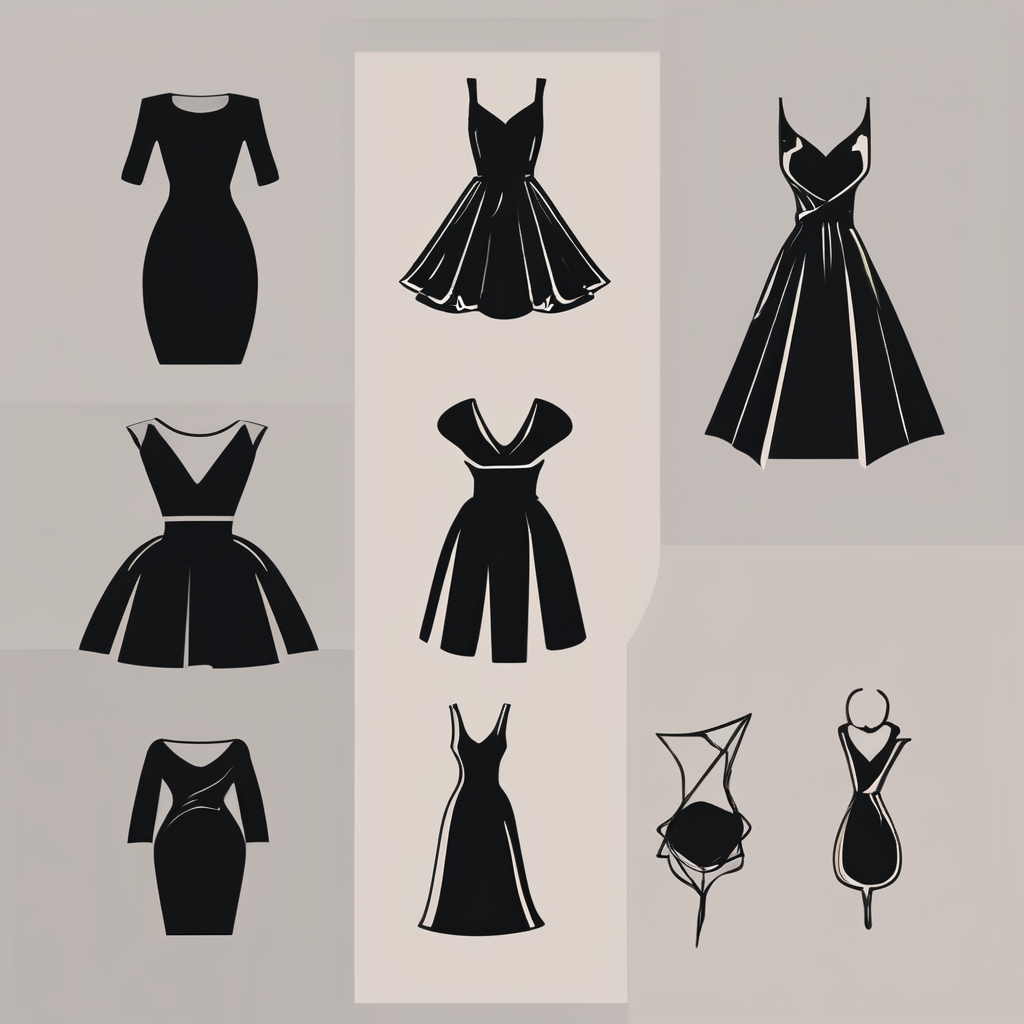Understanding Welsh Aesthetics in Fashion
The historical significance of Welsh aesthetics in fashion is profound, as it reflects age-old traditions and crafts that have been passed down through generations. These aesthetics are not merely about clothing but are deeply intertwined with cultural identity. Key elements of traditional Welsh design include distinctive patterns, vibrant colors, and unique textures, each telling a story of its own.
Patterns, such as the iconic Welsh tartan and intricate Celtic knots, are central to Welsh fashion, embodying a sense of history and belonging. These patterns often symbolize different regions or clans within Wales, thus making them a statement of cultural pride.
The use of bold, contrasting colors adds to the visual appeal and depth of Welsh-inspired garments. These colors are influenced by the Welsh landscape, ranging from lush greens to deep blues, mirroring the countryside and rugged coastlines.
Textures play a crucial role as well. The tactile quality of woven wool, for instance, heightens the sensory experience of wearing Welsh-inspired fashion. Collectively, these elements create a rich tapestry that resonates with cultural narratives, offering insights into Wales’ social and historical landscape through the medium of fashion.
Also to discover : The Definitive Handbook for Choosing Ideal Sunglasses for a Radiant Spring in Britain
Merging Welsh Elements with Contemporary Styles
The fusion of traditional Welsh motifs with modern fashion trends offers a unique blend that appeals to diverse audiences. Techniques in this fusion often involve the use of bold patterns—like the iconic Celtic knots or Welsh tartan—reimagined in sleek, minimalist cuts of modern attire. This combination allows the ornate historical elements to shine within a contemporary framework.
Some designers excel at this fusion, crafting avant-garde collections that respect traditional roots while pushing stylistic boundaries. These designers often focus on fabric choices that balance heritage with innovation, such as recycled materials or ethically sourced fibres that add to a sustainable fashion narrative.
For a more nuanced merge, subtle embroidery or digital prints of Welsh motifs can be incorporated into garments, creating understated yet distinct aesthetics. Moreover, integrating these elements can be as simple as using vibrant colors reflective of Welsh landscapes in streamlined, modern silhouettes.
The choices of material and pattern serve as a canvas, offering a platform for storytelling through fashion that acknowledges cultural significance while adapting to contemporary tastes. This fusion is not just about merging styles but also bridging cultures and timelines.
Visual Inspirations from Welsh Heritage
Drawing from a rich tradition, visual storytelling through Welsh heritage offers an exquisite tapestry for fashion enthusiasts. Every piece narrates a unique story, revealing the profound depth of Welsh culture.
Iconic Welsh Patterns and Their Modern Interpretation
One cannot discuss fashion inspirations without delving into the quintessential Welsh patterns. From the intricate Celtic knots to the storied Welsh tartan, these patterns provide a canvas for designers to explore. They are reimagined in modern design approaches, allowing for creative flexibility. For example, a streamlined coat may incorporate appliqué Celtic designs, blending historical motifs seamlessly with a contemporary silhouette.
The Use of Color in Welsh-Inspired Fashion
Cultural motifs in Welsh fashion often leverage the vivid hues of the Welsh landscape. Shades of deep blue, lush green, and vibrant red reflect the natural beauty surrounding Welsh communities. These colors, when used thoughtfully, evoke not only aesthetic pleasure but also a connection to the cultural roots of Wales. They allow designers to create garments that are both visually captivating and culturally resonant.
Influential Welsh Designers in Contemporary Fashion
Some contemporary designers stand out for their ability to weave Welsh cultural motifs into their creations, fashioning a bridge between the past and present. These influential figures use visual storytelling to captivate and engage audiences globally, celebrating their heritage while embracing modern innovation.
Practical Fashion Tips for A Welsh-Inspired Look
Building a Welsh-inspired wardrobe can offer a unique flair blending cultural richness with personal style. Key pieces like coats, knitted shawls, or plaid skirts that include Welsh design elements such as distinctive patterns or vibrant colors can transform your everyday look. When selecting these items, aim for bold patterns reminiscent of iconic Welsh Celtic knots or tartans for maximum impact.
Accessorizing is crucial for a cohesive Welsh-inspired outfit. Consider jewelry featuring Celtic designs or brooches that nod to historical Welsh craftsmanship. These items not only enhance your personal style but also serve as conversation starters, sparking interest in Welsh culture.
Throughout the year, incorporate Welsh aesthetics with seasonal fashion advice. For example, in colder months, woven wool or textured fabrics provide warmth while reflecting traditional design motifs. During warmer seasons, opt for lightweight garments in lush greens or deep blues, reminiscent of the scenic Welsh countryside.
By weaving these elements into your wardrobe, you honor cultural heritage while expressing individuality. Whether for a casual outing or formal event, embracing Welsh-inspired fashion will ensure you stand out with both sophistication and historical depth.
Resources for Further Exploration
For those interested in delving deeper into Welsh fashion and its cultural roots, numerous fashion resources are available. To begin, consider exploring books and articles dedicated to the study of Welsh aesthetics and their influence on the broader fashion landscape. Titles such as “The Art of Welsh Weaving” offer insights into the traditional crafts that lay the foundation for these aesthetic principles.
Several cultural institutions provide invaluable opportunities for learning. The National Museum Wales showcases collections dedicated to Welsh heritage, featuring historical garments and textiles. Such institutions offer a tangible connection to the past, allowing visitors to experience the textures and patterns firsthand. Additionally, fashion workshops conducted by these museums teach the intricacies of incorporating Welsh motifs into modern designs.
Online platforms like the Welsh National Costume Archive highlight contemporary Welsh designers innovating with traditional themes. These platforms demonstrate the ongoing evolution of Welsh fashion narratives as they influence modern and global audiences. Engaging with these resources equips fashion enthusiasts with a comprehensive understanding of how Welsh aesthetics continue to shape and inspire the fashion industry, offering both historical context and contemporary relevance.


